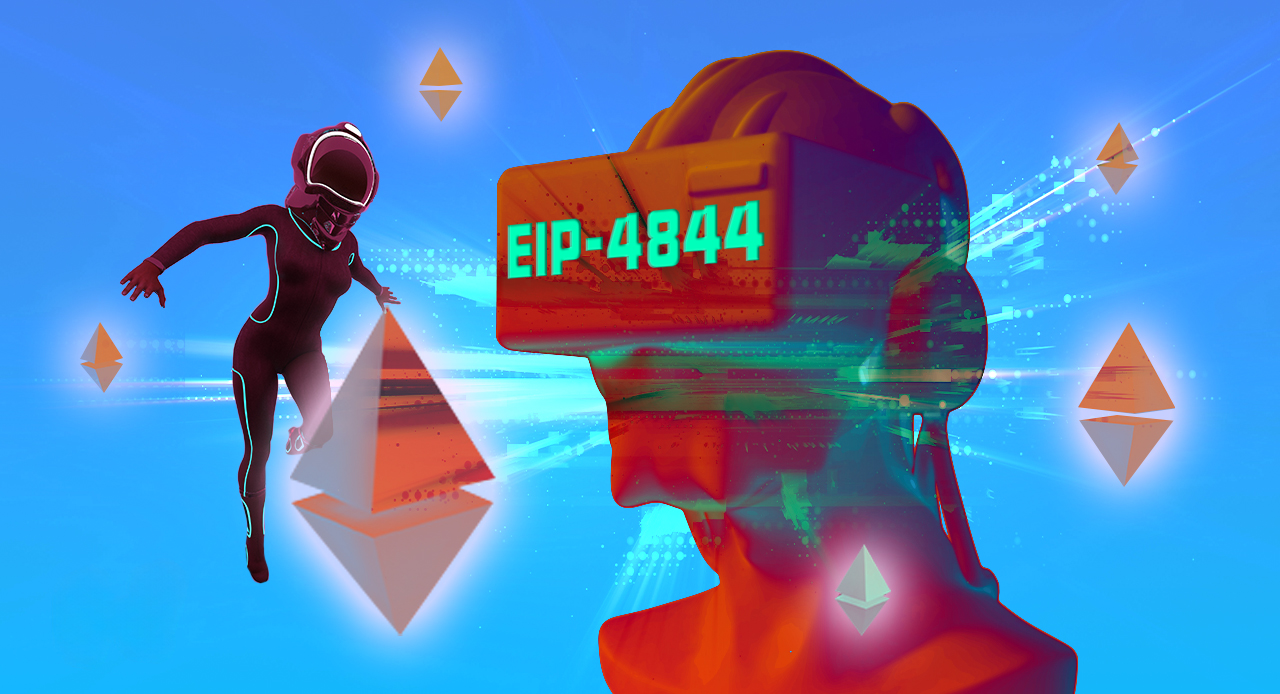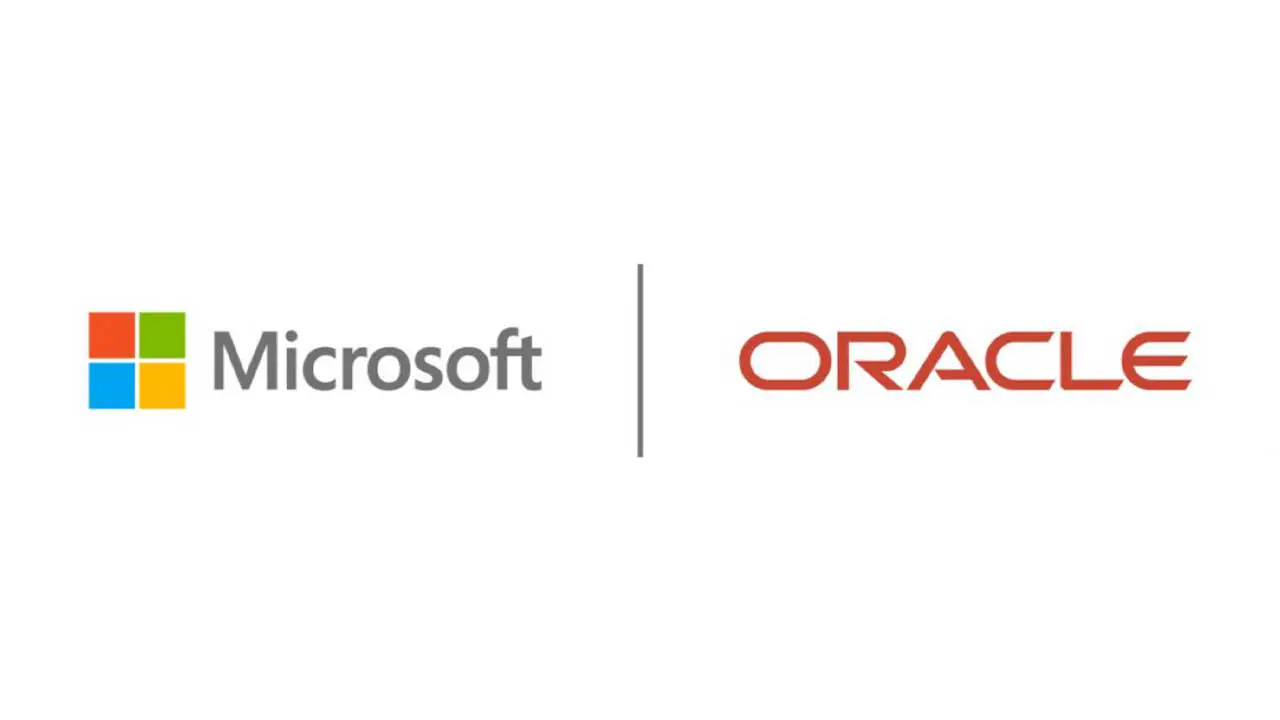What is metadata?An overview of metadata in blockchain transactions
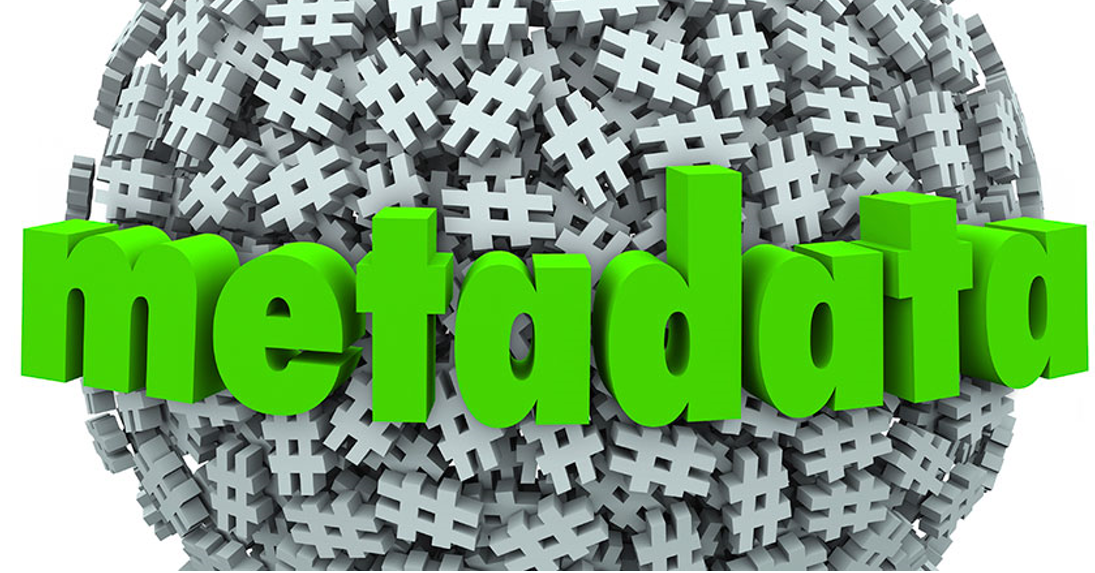
[ad_1]
Metadata plays an important role in blockchain, providing additional accompanying data in addition to the general information generated by the blockchain.
Metadata is a form of data that describes details about the data.
Metadata must contain the following information:
- data structure
- Algorithms used to synthesize data
- Mapping determines the correspondence between data from the operating environment to the data warehouse
The structure and content of metadata may vary depending on the purpose and type of data.
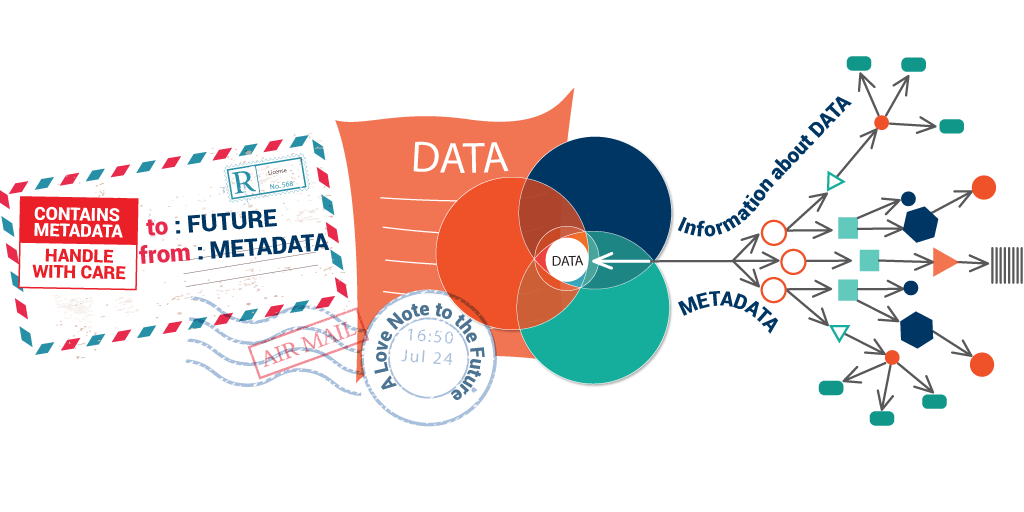
The additional data or information that can be added to a cryptocurrency transaction on the blockchain is called metadata in a blockchain transaction.
While the primary function of blockchain is to record and verify the transfer of digital assets, metadata allows users to add additional information or context to their transactions.
There are two main types of metadata in blockchain transactions:
- On-chain metadata: Since this metadata is stored immediately on the blockchain, it is part of the transaction data. Anyone with access to the blockchain can see it. Information such as transaction tags, tickets, contracts or documents can all be found in on-chain metadata.
- Off-chain metadata: This data is referenced in transactions but is not saved directly on the blockchain. Off-chain metadata can contain links to other content, such as files, documents, or web URLs that provide additional details about the transaction. Off-chain metadata is a tool that users can use to reduce blockchain clutter.
How to store on-chain and off-chain metadata
On-chain metadata, such as transaction details, smart contract code, and token properties, are part of the blockchain data structure and are permanently stored and replicated on nodes. In contrast, off-chain metadata is stored externally using encrypted references, increasing the efficiency and flexibility of the blockchain.
The data structure of a blockchain essentially contains on-chain metadata. Information is permanently saved and replicated across all nodes and becomes part of the blockchain ledger. Most on-chain metadata is kept within the actual transactions. On the blockchain, every transaction has a payload with appropriate metadata. For example, when sending cryptocurrency between addresses, the sender, recipient, amount, and transaction date will be recorded as on-chain metadata.
For smart contracts, the contract’s code and accompanying data are saved on the blockchain as on-chain metadata. This includes the contract’s functionality, status, and related data. Each block has a header that provides certain metadata that can be easily accessed for verification, such as block timestamp, block number, and transaction ID.
Metadata related to token properties (e.g. token name, symbol, supply) is regularly maintained on the blockchain for tokens such as Ethereum ERC-721 and ERC-20.
In contrast, off-chain metadata is stored outside the blockchain. It can be saved in many places, including off-chain scaling solutions like the Lightning Network, decentralized storage systems like the InterPlanetary File System (IPFS), and external databases.
Blockchain uses hash functions or cryptographic pointers to reference off-chain metadata, freeing up space on the blockchain, reducing congestion, and providing flexibility for applications that need to protect information.
Example of metadata in blockchain transactions
- Timestamp: Each block of the blockchain contains a timestamp that shows when the block was added to the chain. The time of the transaction is recorded through this metadata.
- Transaction details: Sender and receiver addresses, transaction amounts, and unique transaction IDs are some examples of metadata that can be included in every transaction on the blockchain.
- Smart contract data (smart contract data): When a smart contract is executed on the blockchain, the parameters and input data required for the contract to run can be included in the metadata.
- digital signature: To confirm the legitimacy of the transaction and prove ownership, the metadata contains digital signatures.
- Gasoline cost: On blockchains like Ethereum, metadata can include details related to gas fees and transaction processing. Miners and validators need this information to prioritize transactions.
- Interstellar File System Link: A link to IPFS, a decentralized file storage system, can be found in the blockchain metadata. If desired, users can access data on the blockchain by retrieving a reference to the IPFS file (usually in the form of a hash). This method can be used to store large files, including images, videos, or documents related to on-chain assets such as NFTs.
- Oracle: It is an external service that provides smart contracts with access to real-world data. Information from these oracles can be included in blockchain metadata to perform smart contract operations.
- NFT metadata: NFTs often contain metadata such as the creator, description, and other details about the physical or digital asset they represent.
How to add metadata to blockchain transactions?
When users want to add metadata to blockchain transactions, they can do so through smart contracts. It is a self-executing contract with predefined terms.
Example of including metadata in a transaction via a smart contract on the Ethereum network:
step 1: Create a smart contract
A smart contract must be created before adding metadata. The contract includes where and how the metadata is stored. Metadata can be stored in defined variables, usually as strings.
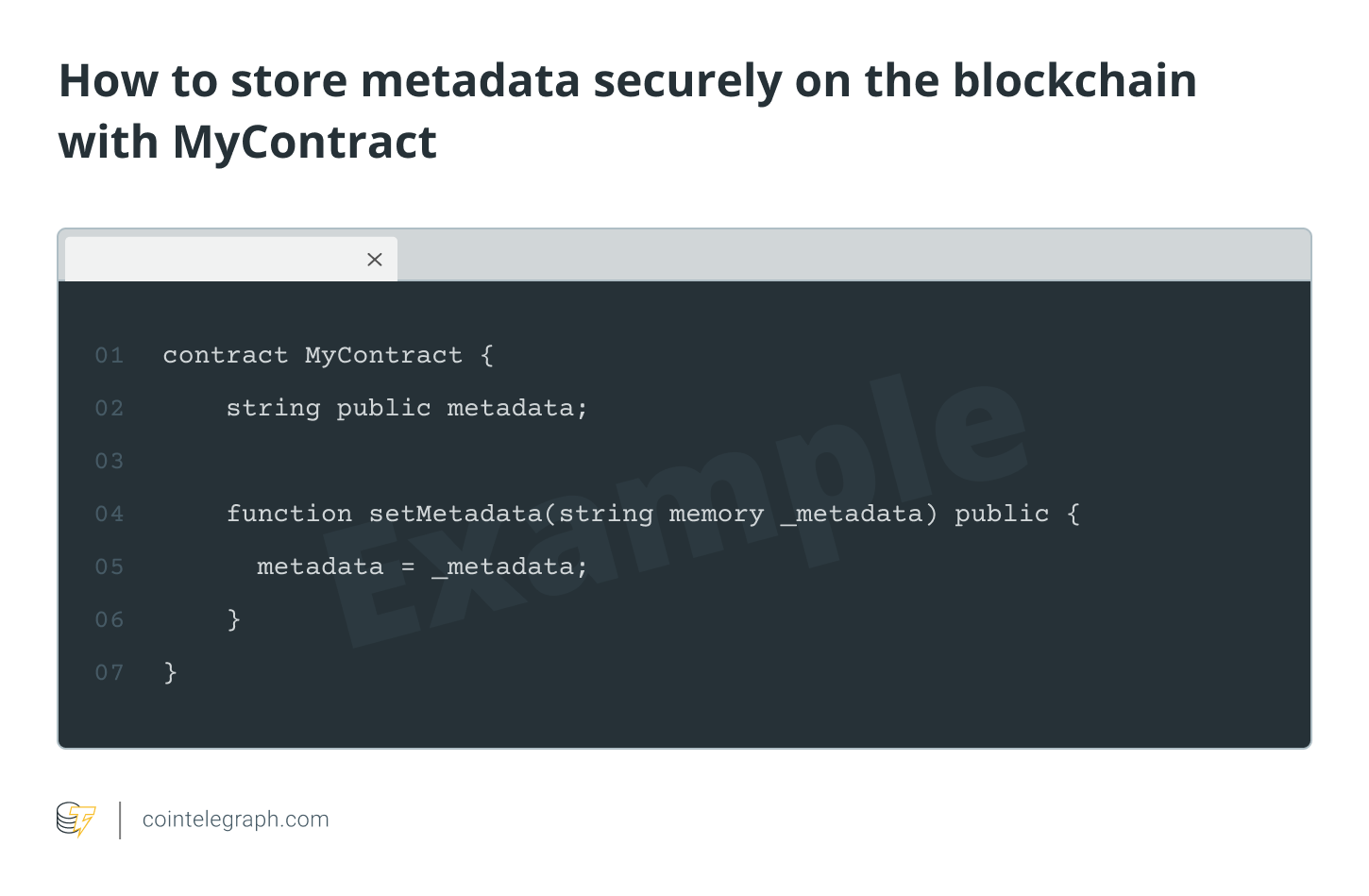
Smart contracts are written in Solidity.
Step 2:Interact with smart contracts
Metadata is added to blockchain transactions by “communicating” with smart contracts by sending transactions. This can be done using libraries such as web3.js, ethers.js or through the Ethereum wallet application.
Step 4: Verify metadata
By interacting with the smart contract and reading the metadata variables, anyone can verify the metadata once the transaction is confirmed and added to the blockchain. However, when adding metadata to blockchain transactions, always remember to consider issues such as gas fees, security, and privacy.
Blockchain Metadata Use Cases
supply chain management
Businesses can improve traceability and transparency by putting metadata related to production, shipping and product quality on the blockchain.
For example, food manufacturers can track information related to the origin of ingredients, their passage through the supply chain, and quality control.
This information is critical for resolving issues such as fraud or recalls, ensuring compliance, and confirming authenticity. Additionally, customers can use this metadata to make informed decisions about their purchases.
Digital identification and authentication
Blockchain metadata is used to manage and securely store personal information. Everyone will be responsible for their own data and can allow or deny access to it. This reduces the possibility of identity theft and privacy violations.
Businesses, governments, and educational institutions can use this technology to improve service security and speed up identity verification procedures.
smart contract
Another area that uses a lot of metadata is smart contracts. Metadata in these contracts helps decide when and how certain conditions are met.
For example, insurance smart contracts could use meteorological data as metadata to instantly make payments to policyholders affected by adverse weather conditions.
In the financial industry, loan agreements can determine eligibility and interest rates based on credit ratings and transaction history maintained as metadata, making the loan process more automated and efficient.
NFTs and digital assets
NFTs and digital assets often use blockchain information to provide meaning and value to digital collectibles, art, and property. Information about a digital item’s creator, ownership history, and characteristics are all examples of metadata.
Tracking provenance, verifying artwork, and creating NFT-based decentralized applications (DApps) can all benefit greatly from metadata.
Medical records and data security
Currently, the healthcare sector is using blockchain metadata to securely manage patient records and ensure data integrity. Medical histories, patient consent forms, and data access logs can all be stored in metadata, improving the security and privacy of health information. Additionally, it facilitates communication between different healthcare systems and enables emergency responders to obtain critical medical information faster.
Challenges related to blockchain metadata
- Scalability and hosting costs: As blockchains scale, they may become less efficient and require more resources to maintain. Large amounts of data stored on the blockchain can put pressure on the network architecture and increase the risk of centralization.
- Security and Privacy: Blockchain transparency can conflict with privacy regulations and therefore must be implemented and designed carefully. Additionally, when relying on oracles to retrieve external data, the reliability of blockchain applications and smart contracts may be affected by malicious or incorrectly entered data.
To continue to promote the development and application of blockchain technology in various industries, we must thoroughly solve the above challenges. But addressing these issues requires diverse strategies. Developers can explore Layer 2 solutions and sharding technologies to offload certain data from the main chain to avoid scalability difficulties.
VIC encryption compilation
related news:
![]() Modernizing bureaucracies: Europe harnesses blockchain for overhaul
Modernizing bureaucracies: Europe harnesses blockchain for overhaul
![]() Google Cloud adds 11 blockchains to its ‘BigQuery’ data warehouse
Google Cloud adds 11 blockchains to its ‘BigQuery’ data warehouse
[ad_2]
Source link



